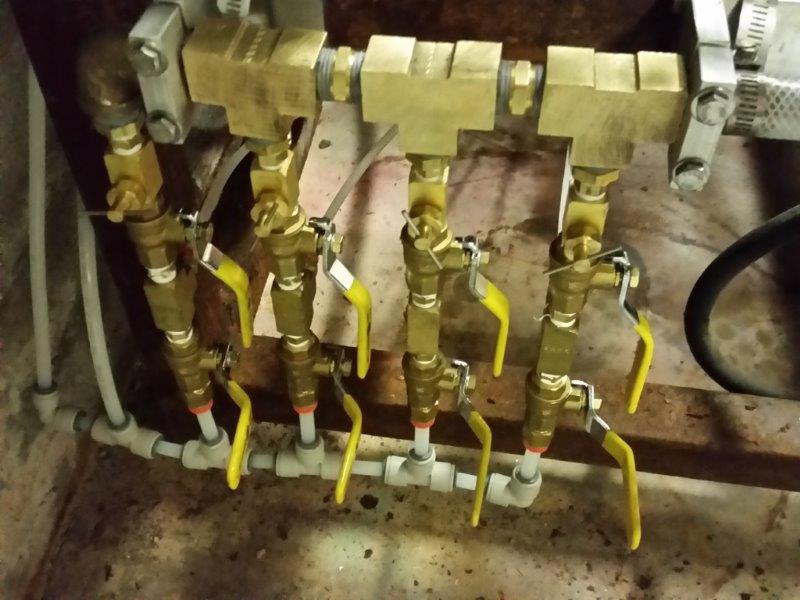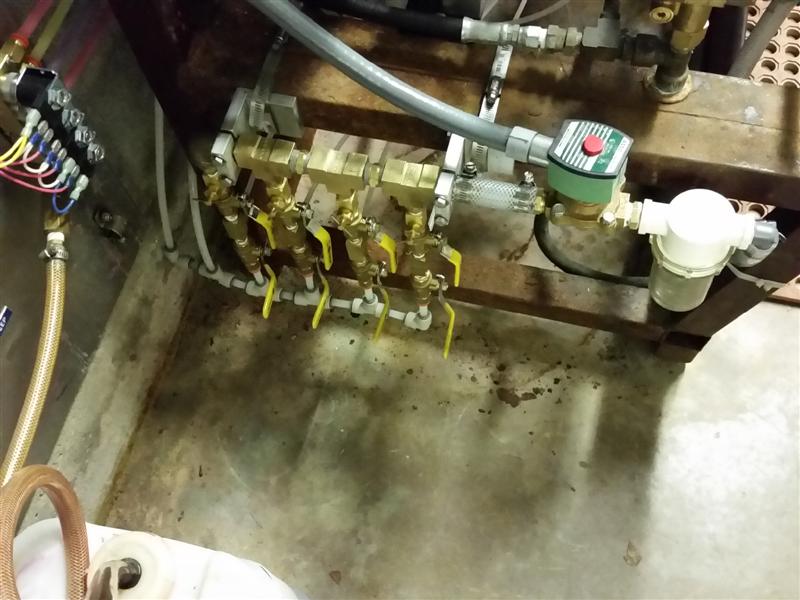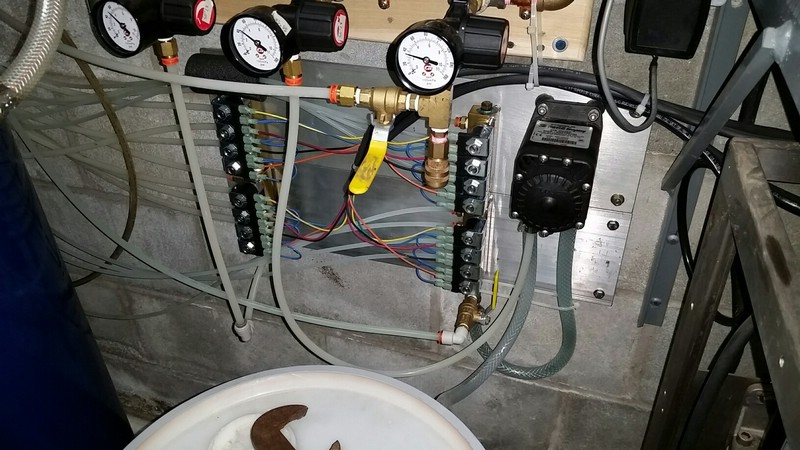copperglobe
Active member
In the SS bay guns and the foamy brushes if you are using weep water how much water are you flowing through the guns and the brushes? I don't know how your could quantify the amount of water but simply by looking but, example, if the gun is held horizontal how far out does the stream shoot? Or, with the brushes how long to fill a 5-gallon bucket? I'm sure it has to do with where your wash is located and the lowest temperatures.
It seems at our washes we flow too much water for the temps but don't want to keep cutting back and have a frozen down wash. Thanks
It seems at our washes we flow too much water for the temps but don't want to keep cutting back and have a frozen down wash. Thanks








